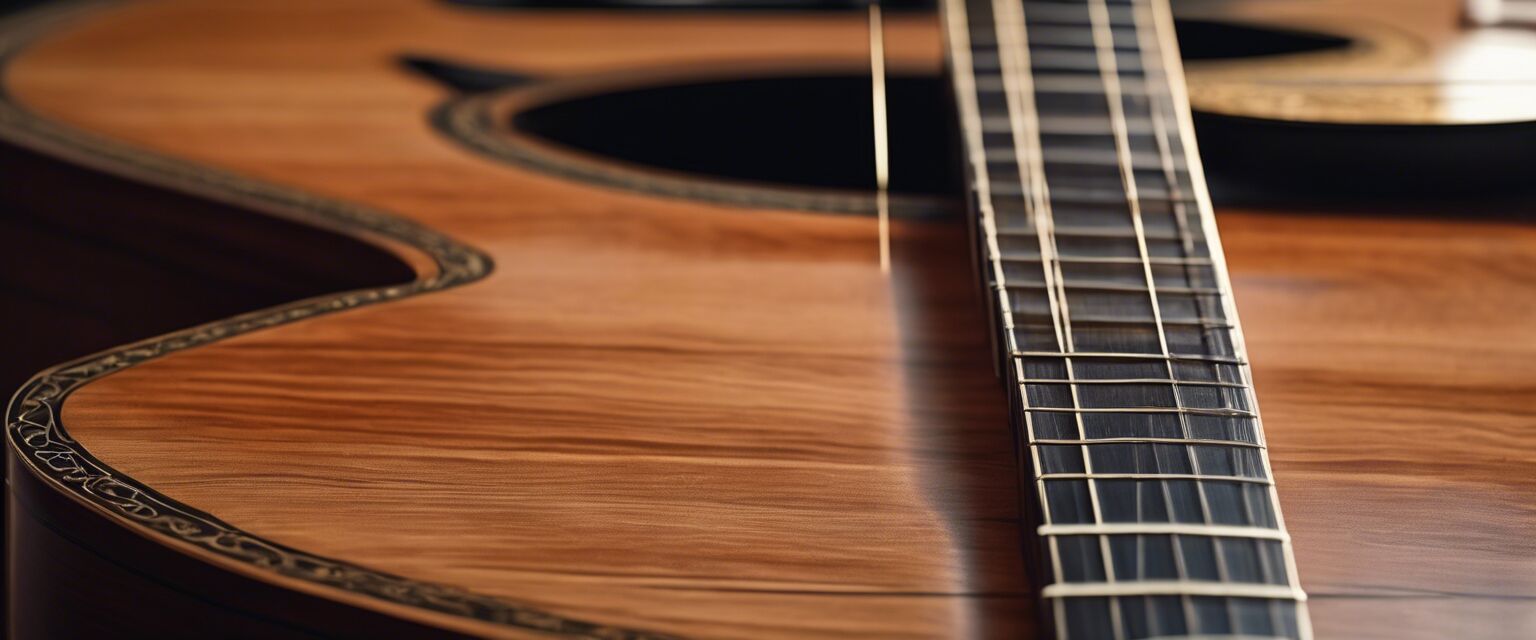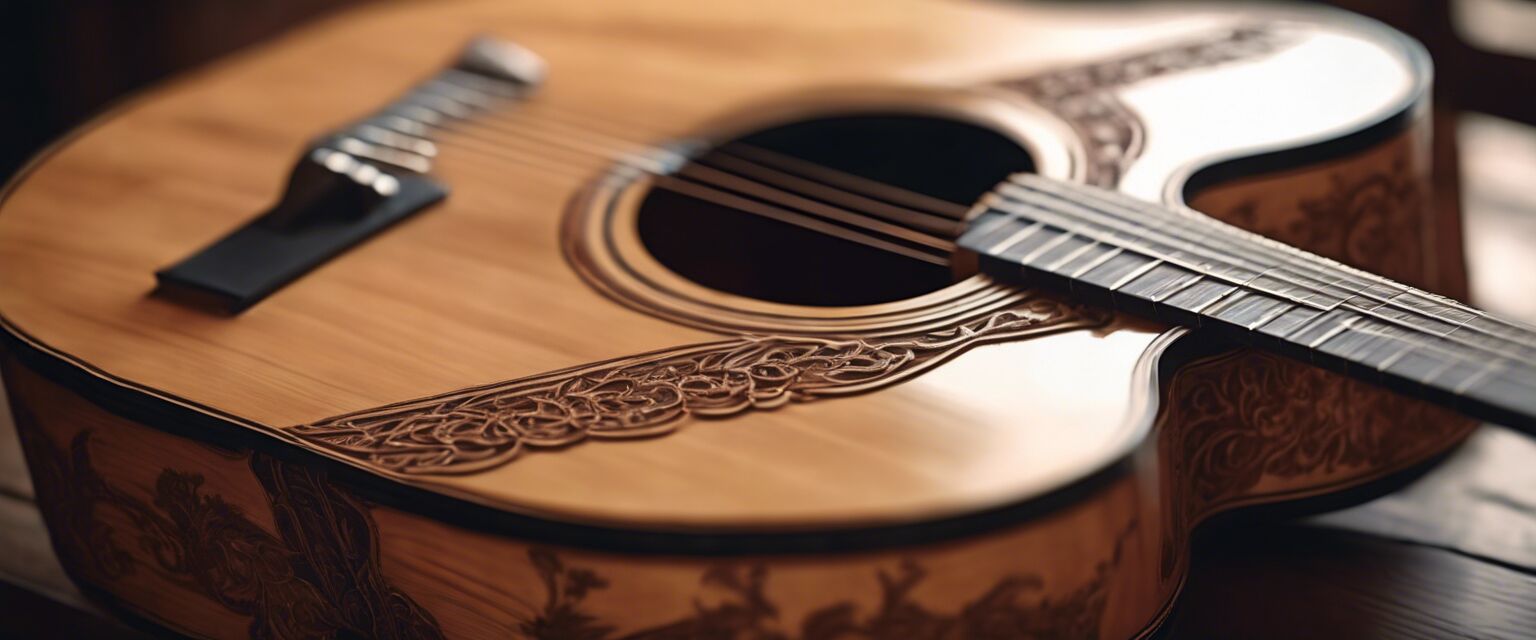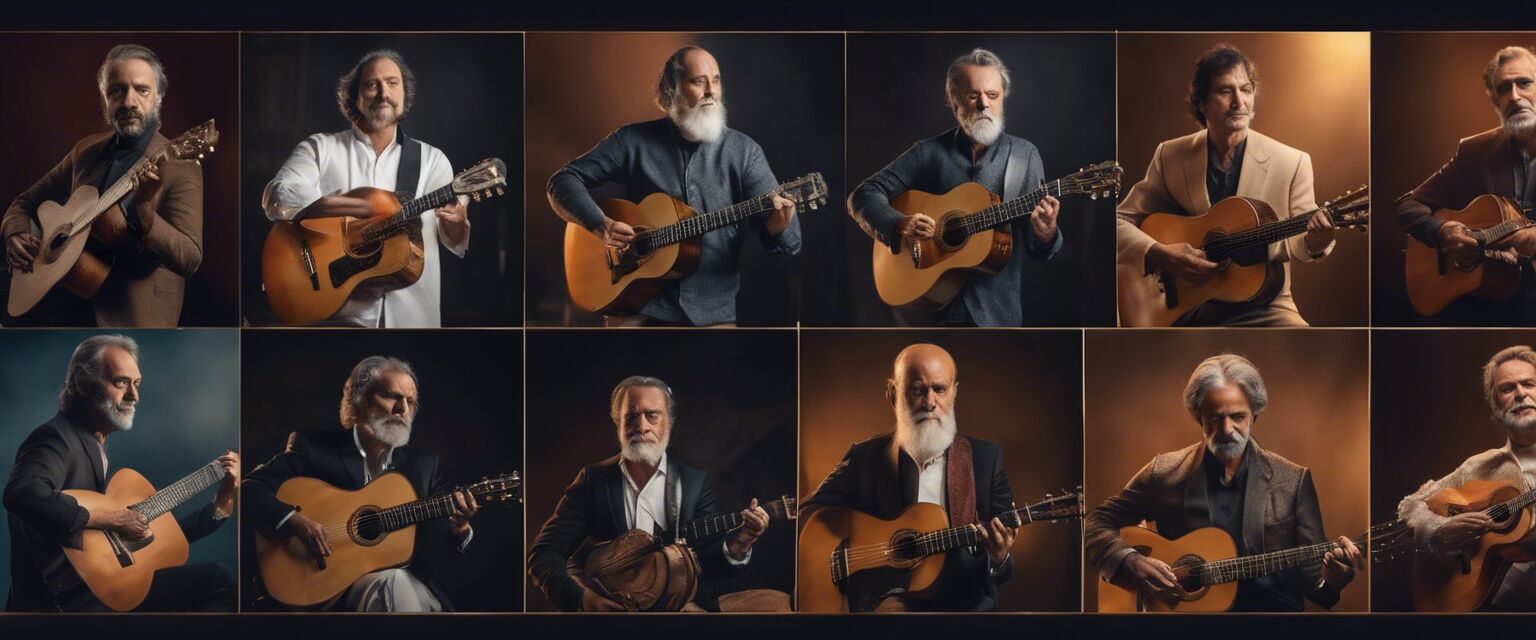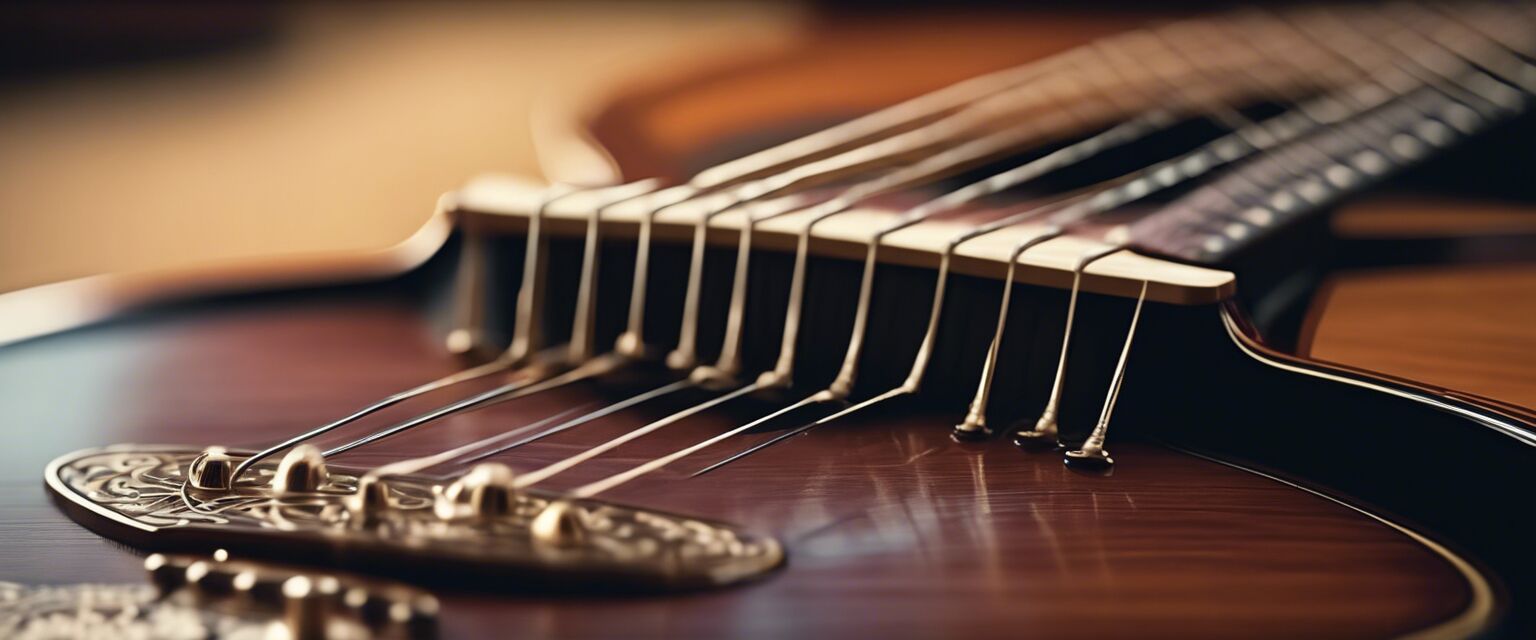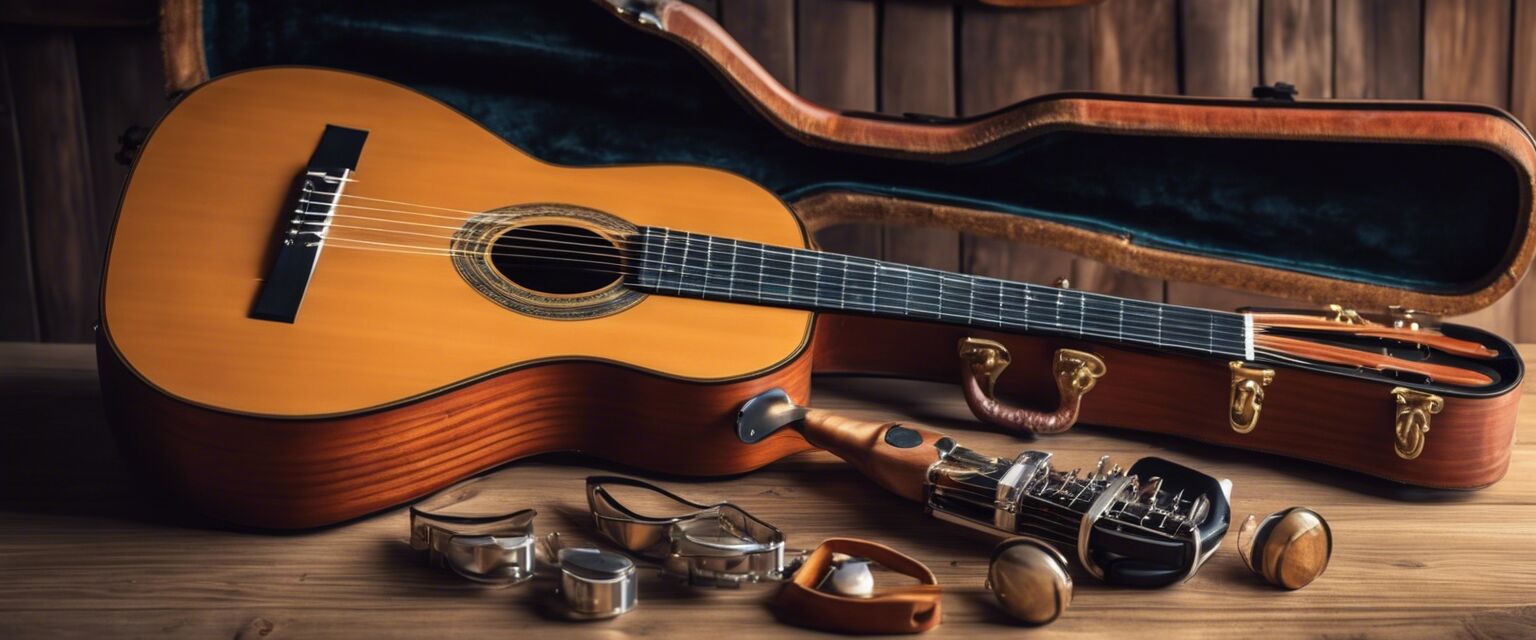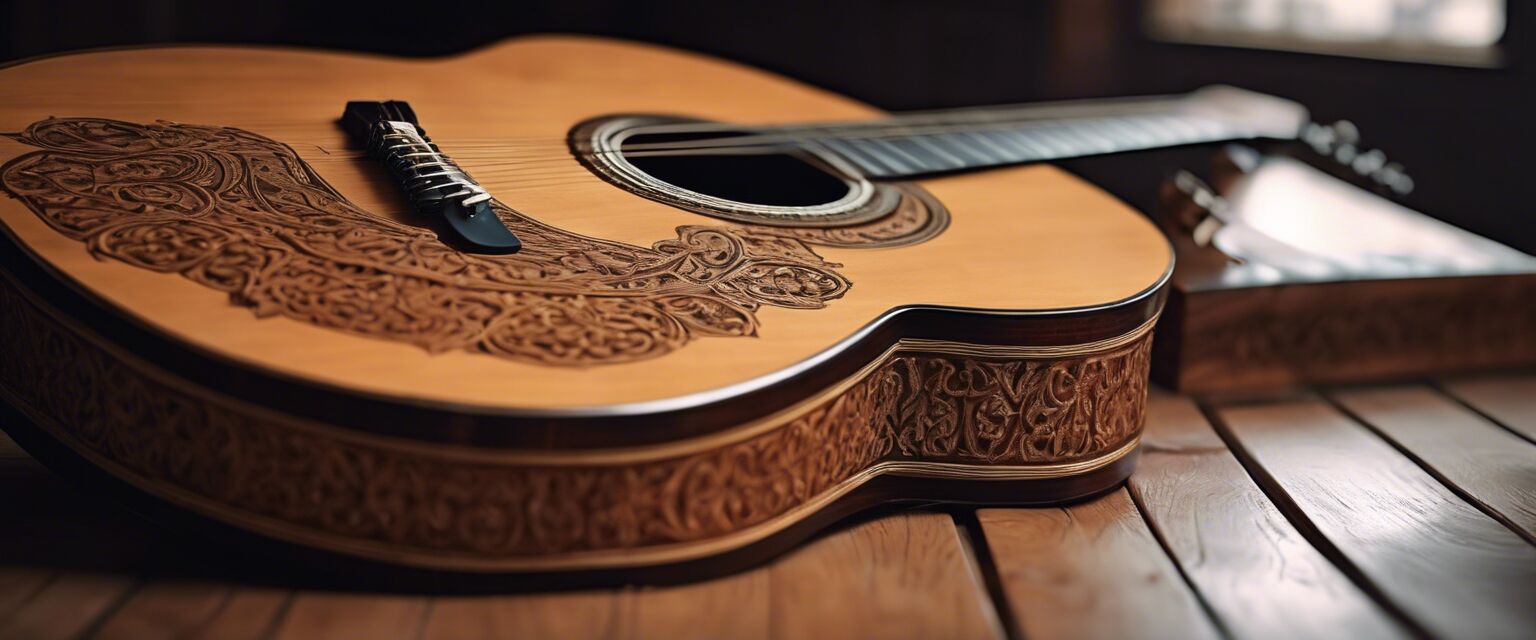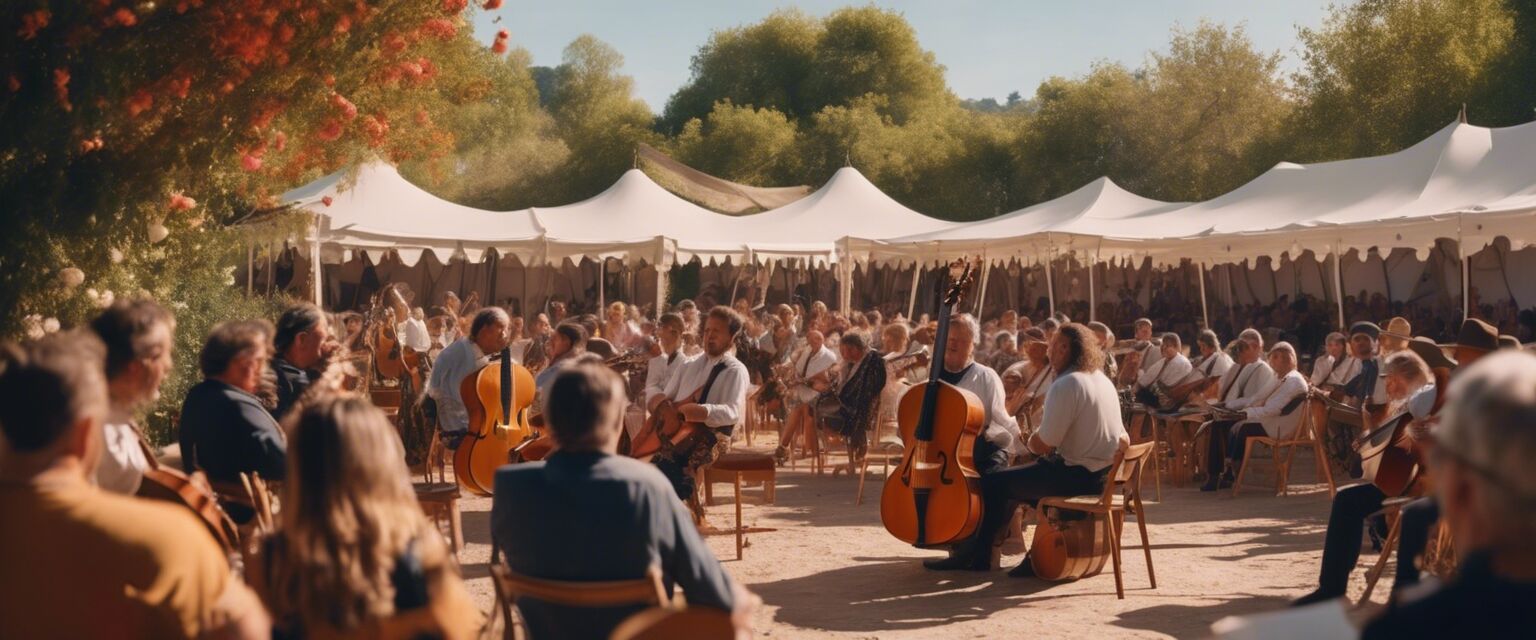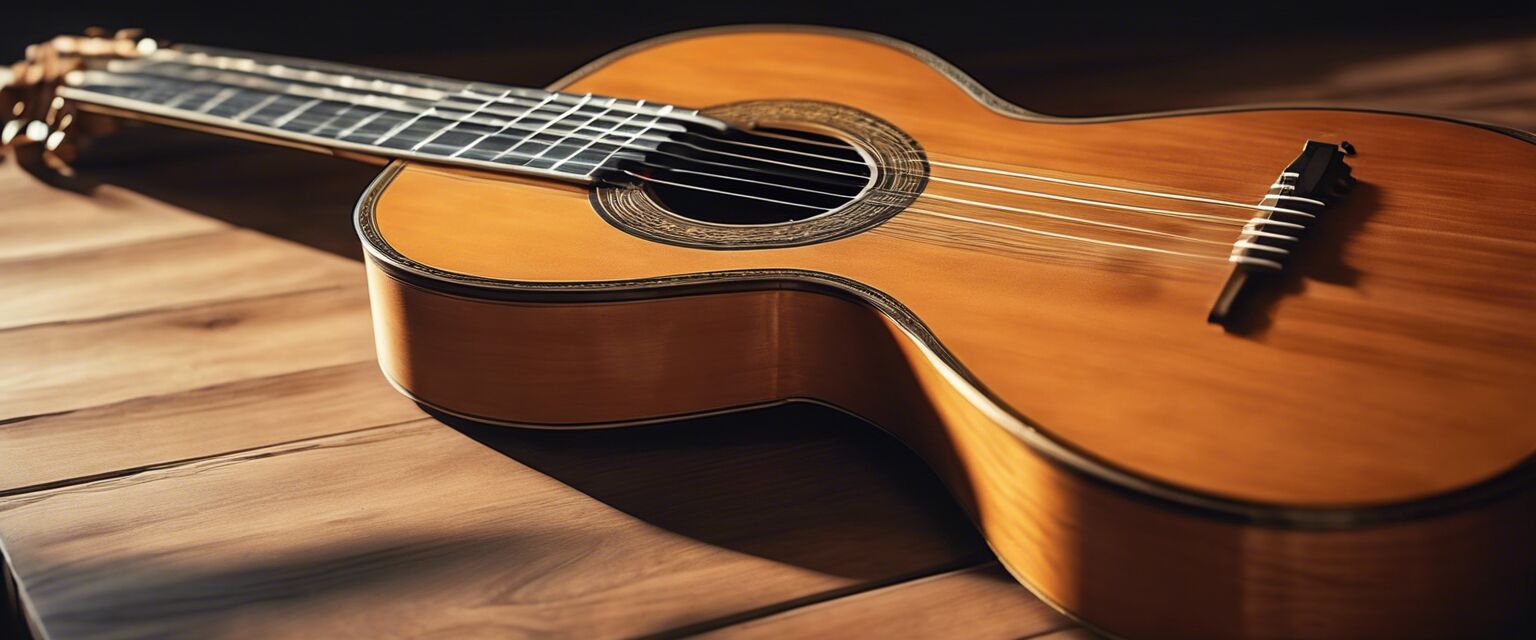
Classical Spanish Guitar Lessons
Key Takeaways
- Classical Spanish guitar lessons cater to all skill levels, from beginners to advanced players.
- Understanding the fundamentals, techniques, and music theory is essential for mastering the instrument.
- Regular practice and use of quality resources can significantly enhance your learning experience.
- Complementary accessories and tools aid in effective practice and maintenance of your guitar.
- Online tutorials and sheet music are invaluable for self-taught musicians.
Learning the classical Spanish guitar can be an enriching journey that combines artistry with technical skill. Whether you are a beginner looking to get started or an advanced player seeking to refine your techniques, this comprehensive guide will help you navigate through the essential aspects of mastering the classical Spanish guitar.
Why choose classical Spanish guitar?
The classical Spanish guitar is a versatile instrument known for its rich tones and expressive capabilities. It offers a unique blend of music styles, allowing players to explore genres ranging from traditional flamenco to classical compositions. As you embark on your journey to learn this beautiful instrument, consider the following:
- Rich cultural history
- Versatile genres and playing styles
- Perfect for both solo and ensemble performances
Getting started with your lessons
As a beginner, it is essential to understand the basics of the classical Spanish guitar. Here are the first steps you should take:
| Step | Description |
|---|---|
| 1. Choose your guitar | Find a classical guitar that is comfortable to hold and suits your budget. |
| 2. Learn proper posture | Maintain a relaxed posture to improve your playing efficiency. |
| 3. Familiarize yourself with the fingers | Understand the different finger placements and techniques used in classical guitar. |
| 4. Basic chords and scales | Start practicing fundamental chords and scales to build your muscle memory. |
Essential techniques for classical Spanish guitar
To master the classical Spanish guitar, you need to focus on developing certain techniques. These include:
- Fingerpicking: This technique emphasizes using your fingers to pluck the strings rather than using a pick.
- Arpeggios: Playing the notes of a chord in succession, typically in a flowing manner.
- Vibrato: A technique used to add expression to your notes by oscillating the pitch.
- Hammer-ons and pull-offs: Essential for fluid transitions between notes.
Helpful resources
Utilizing the right tools and resources can make a difference in your learning process. Here are some key resources worth exploring:
- Sheet music & tutorial books
- Classical guitar accessories
- Guitar maintenance tools
- Guitar amps & effects
- Beginner classical guitars
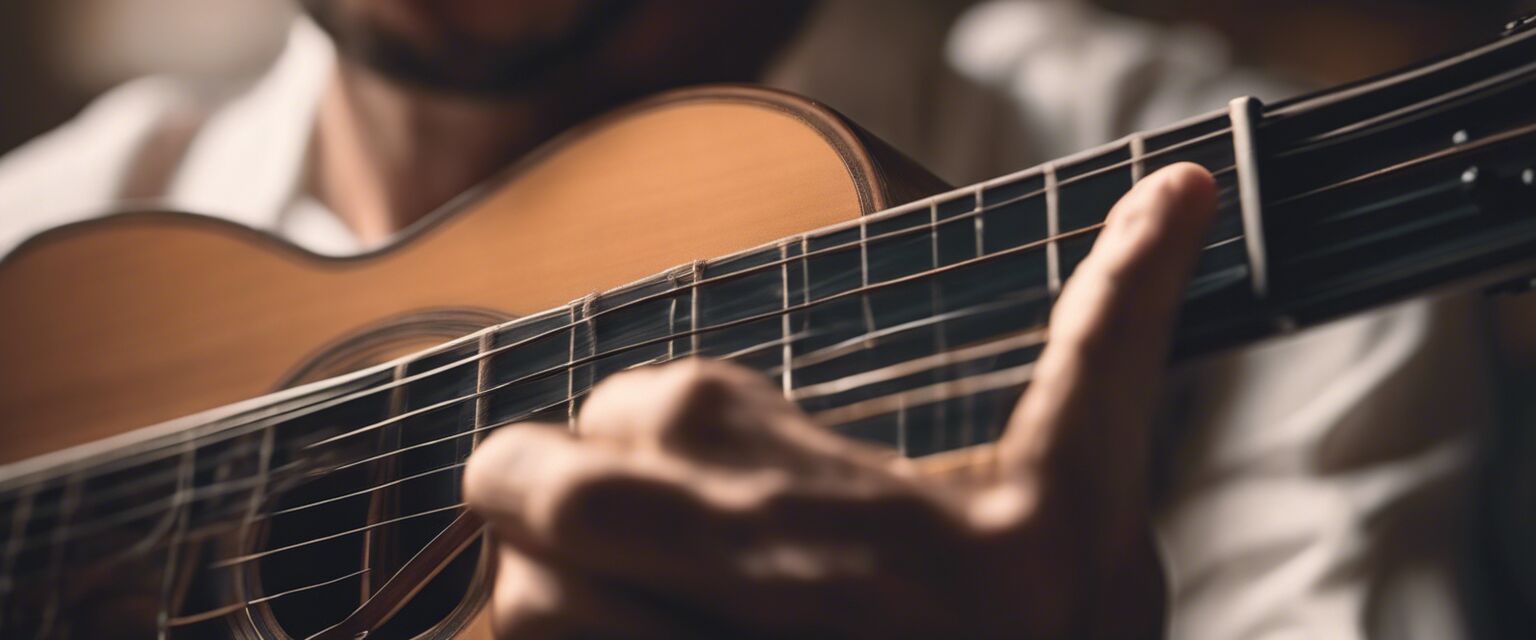
Practicing effectively
The key to mastering the classical Spanish guitar lies in effective practice routines. Here are some tips to enhance your practice sessions:
Beginner tips for effective practice
- Set specific goals for each practice session.
- Start slow and focus on accuracy before increasing speed.
- Use a metronome to help develop your sense of timing.
- Record your practice sessions to monitor progress.
Common challenges and how to overcome them
Every guitarist faces challenges while learning. Common obstacles include:
Pros
- Crosses cultural barriers with its expressive sound.
- A wide variety of music available for practice.
- Strengthens finger dexterity and coordination.
Cons
- Initial learning curve can be challenging.
- Requires dedication and consistent practice.
- Quality classical guitars can be expensive.
Seeking guidance from experts
Consider taking lessons with a qualified instructor as you progress. Having personalized feedback can accelerate your learning journey. Whether in-person or online, expert guidance can provide valuable insights into your technique and style.
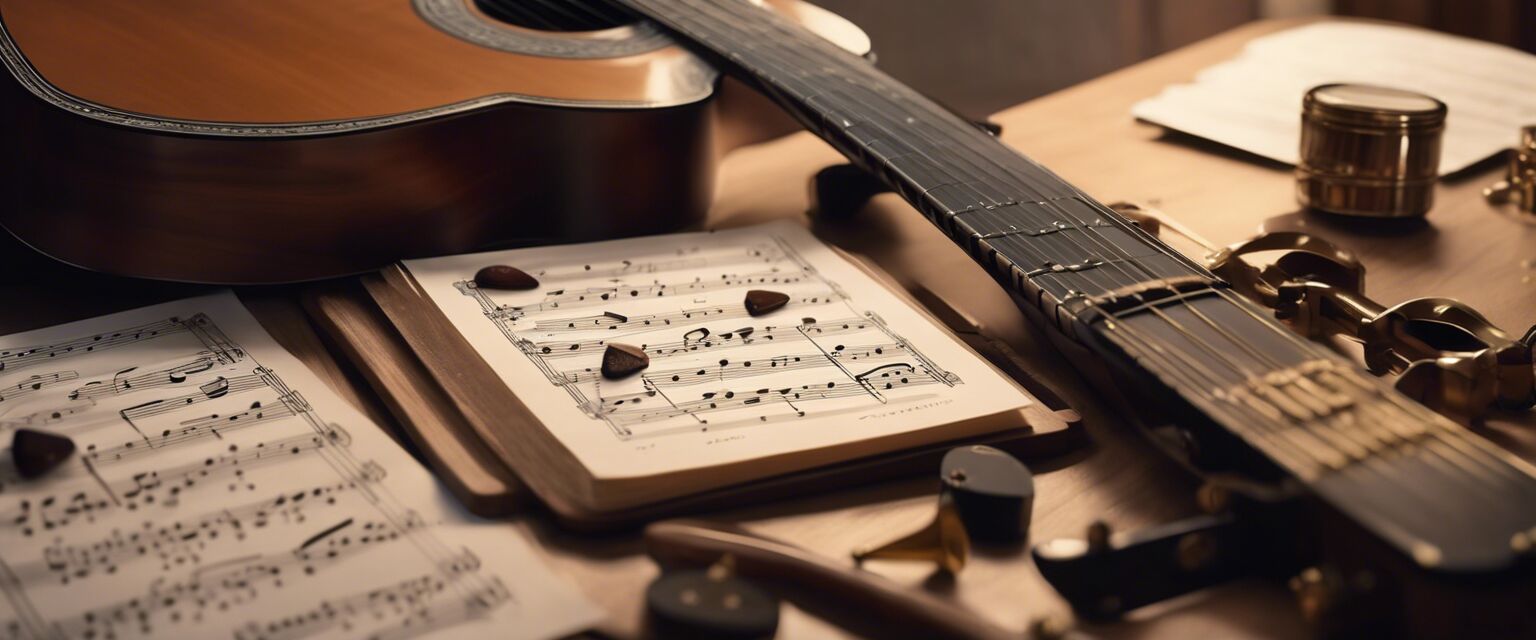
Conclusion
Learning the classical Spanish guitar is a rewarding experience that requires patience, practice, and passion. By focusing on foundational skills, using available resources, and maintaining a consistent practice routine, you can gradually master this enchanting instrument. Embrace the journey, and remember that every great guitarist started where you are now. With dedication, anyone can pull beautiful melodies from their classical Spanish guitar.
